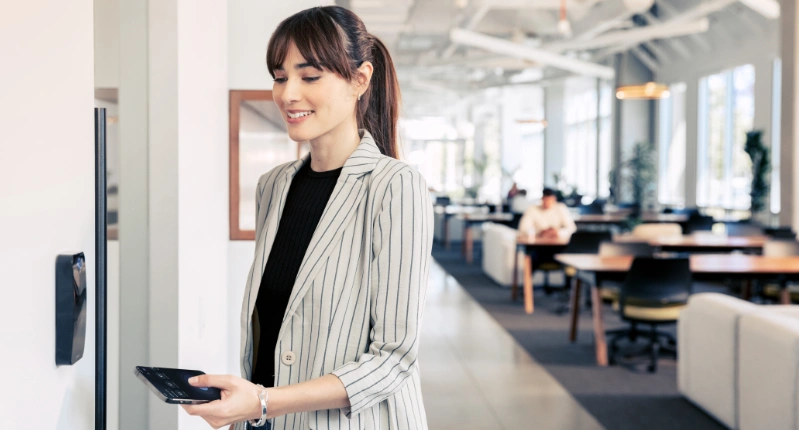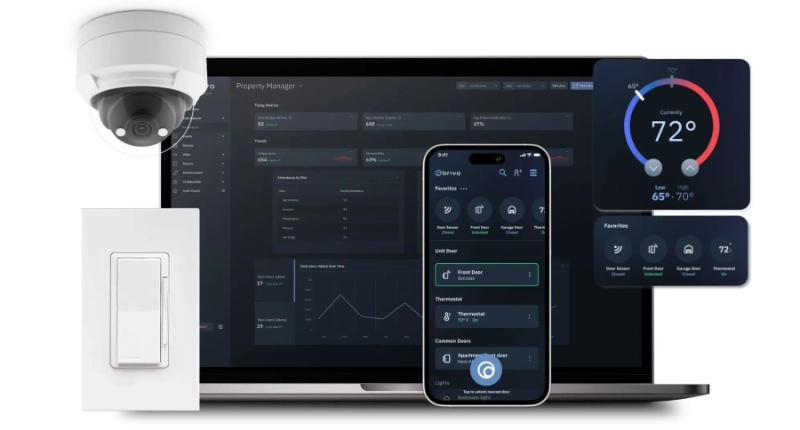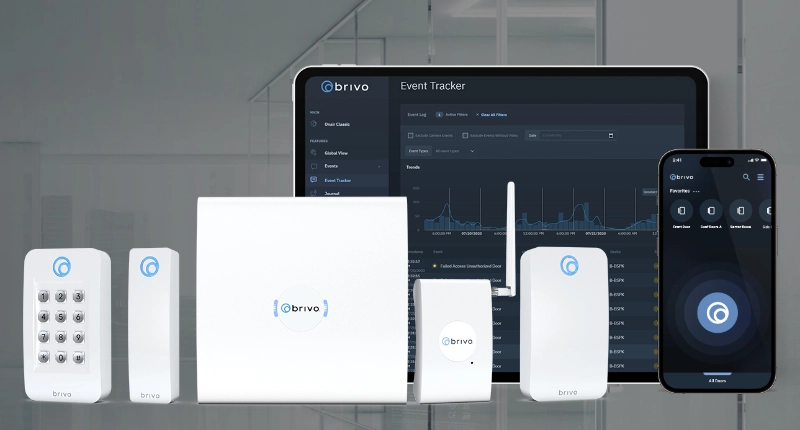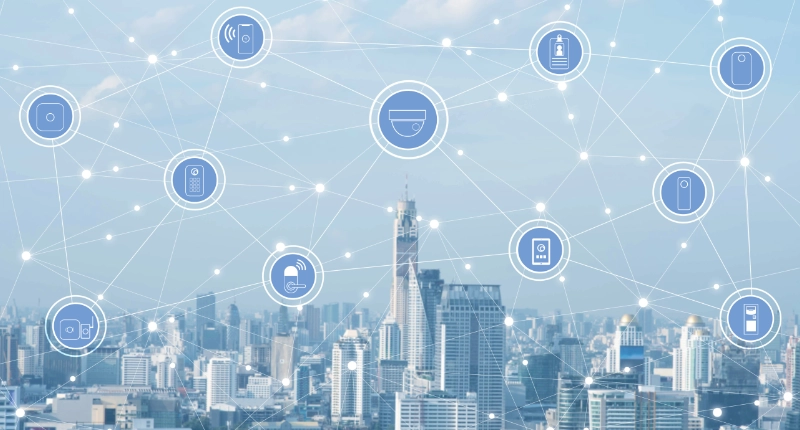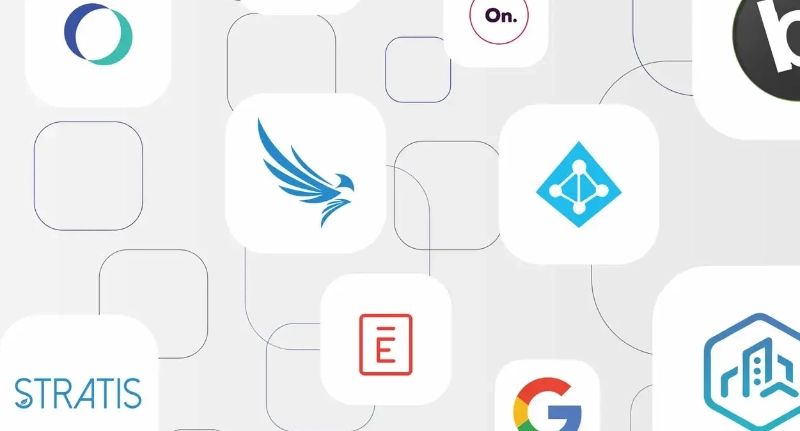Physical security needs to be more user friendly. There, we said it.
That might seem counterintuitive, but in this day and age even security should be easy to use and convenient. Access control and physical security must follow in the footsteps of streaming applications, smart home security systems and the like, or risk getting left behind.
In this second blog of our technology innovation series, we dig into another need identified by the market this year: improving user experience with mobile convenience.
So, how do we make physical security and access control more user friendly and more secure?
We make it mobile.
Mobile credentials are quickly crossing the gap from being something users want (a nice-to-have way to enter a building) to something they need (their preferred and expected way to open doors). Brivo released its mobile credential, Brivo Mobile Pass, as a way to improve physical security in 2015. Today, we are adding functionality to create an ideal user experience. Here is how mobile access control appeals to your users and why you should implement mobile credentials:
1. Your Users Have Already Adopted It
Whether you manage a multi-family property or commercial property, your end-users have smartphones. They engage with them almost constantly everyday. Society is now dependent on them. There is an expectation that smartphones can be used to manage our everyday needs, including smart home technology, banking, health insurance and more. If they can dispense dog treats for their best friend from their phone, have their medical insurance card stored in their apple wallet and quickly transfer money to their savings account on their phone, then they should be able to unlock the door while their phone is out.
2. Improved User Experiences
The inconvenience of misplacing a key card or a brass key can be a big hassle. No one enjoys being locked out of their apartment or office. That means seeking the attention of someone who can let them in which might not be an easy task. It also means they might have to pay to replace the key they lost. Smartphones, on the other hand, are not easily misplaced. Your users can enter the general building and their specific apartment or office suite with their phone. Furthermore, they don’t need separate keys or key cards for different doors in the building.
With Brivo Mobile Pass, their access experience becomes as seamless as they expect through features like door detection based on proximity and Siri voice commands for complete hands-free operation.
See how Brivo Mobile Pass improves the access experience:
3. Added Layers Of Security
Not only are mobile credentials more convenient, they also offer added layers of security through the use of biometric protection built into smartphones. This feature significantly decreases the chance of someone gaining access to your most secure areas. Physical security systems administrators can require the use of biometric authentication for specific doors or for an entire building based on their needs. That added layer of comfort for your users is critical to their satisfaction and your building security.
4. Next Level Proptech
Your users expect efficiency. Mobile integrations are your opportunity to create that improved experience while elevating security. With mobile credentials, your access control solution can be part of an overall smart building/apartment ecosystem. From one application, your users can access their personal space, open the garage, enter common spaces and grant access to their visitors. The future of the environments in which we live and work relies on cloud-based access control and mobile capabilities. Learn how Brivo is making it easier for tenants to live in a smart environment by reading our customer story about how Lifestyle communities went mobile.
Learn more about Brivo mobile solutions for your facility.
What’s Next
The necessary balance of convenience and security brings up the next area industry professionals cited as needing a fundamental technology innovation. How can we keep our community safe in times of emergency? Stay tuned to read about it in our next blog.
Read our first blog of the series here.


